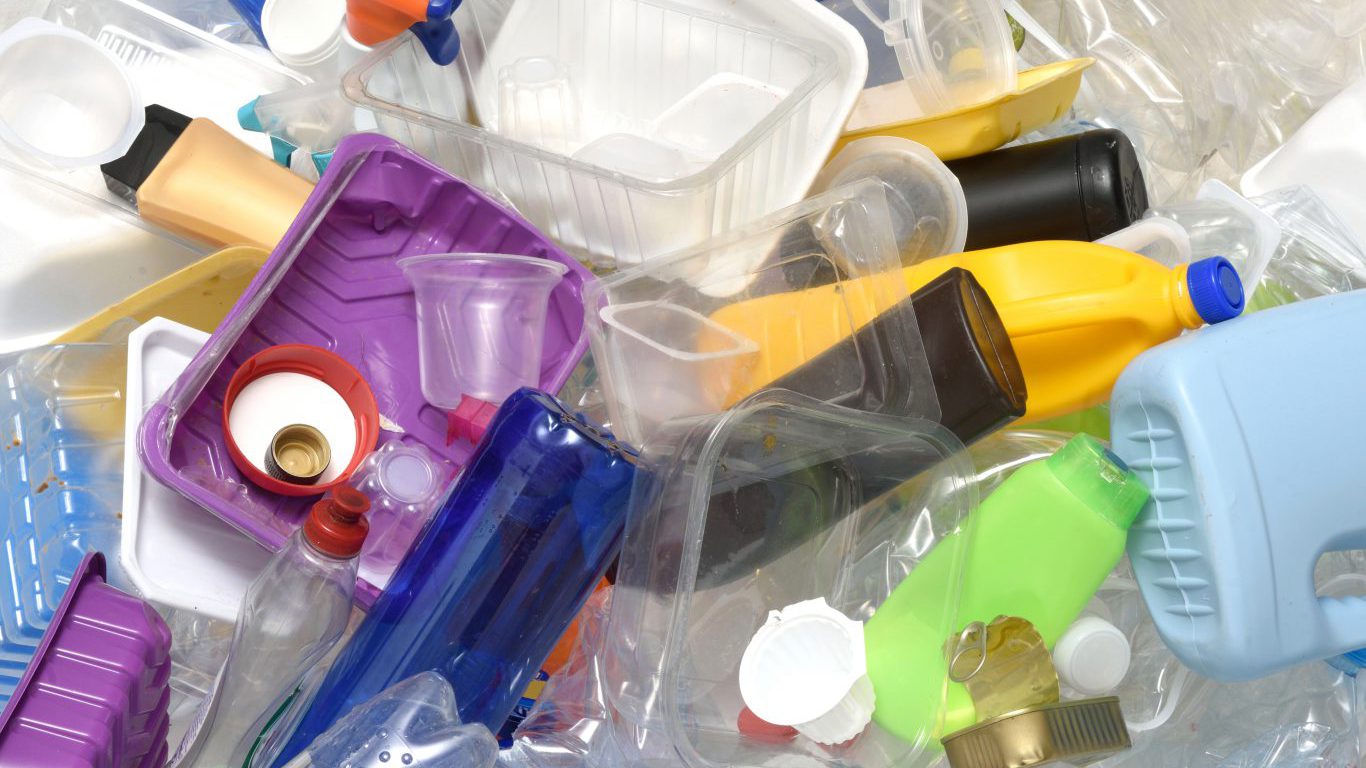

Demand for oil and natural gas has been growing steadily as emerging economies grow. While much of that demand goes to support transportation fuel, more of the growth going forward will be answering the demand for petrochemicals.
Globally, the chemical and petrochemical sector today accounts for 14% (about 13 million barrels a day) of oil demand and 8% (300 billion cubic meters, or 10.6 trillion cubic feet) of natural gas demand. More than a third (36%) of plastics made from oil and natural gas is used for packaging while another 16% is used in the construction industry.
The International Energy Agency (IEA) in a report on petrochemicals released Friday forecast that oil demand from the petrochemical industry will account for 30% of overall growth through 2030, rising to nearly half by 2050. The industry is also expected to raise its demand for natural gas by an additional 56 billion cubic meters a day (nearly 2 trillion cubic feet) by 2030, equal to about half of Canada’s current natural gas consumption.
Demand from traditionally dominant consumers of oil and natural gas, especially light passenger vehicles, is expected to drop due to a combination of better fuel economy, more public transportation options, alternative fuels and electrification.
Here’s how the IEA sums it up:
The combination of a growing global economy, rising population, and technological development will translate into an increasing demand for petrochemical products. Although substantial increases in recycling and efforts to curb single-use plastics take place, especially led by Europe, Japan and Korea, these efforts will be far outweighed by the sharp increase in developing economies of plastic consumption (as well as its disposal). The difficulty in finding alternatives is another factor underpinning the robust overall demand growth for petrochemical products.
Chemicals production accounts for 18% of industrial carbon dioxide emissions (1.5 billion tons annually). The energy production and industrial sectors are also heavy water users, accounting for about 20% of water use and 12% of water consumption.
Perhaps disposing of petrochemical products like plastic bottles and packaging is the touchiest issue. The IEA notes that plastic waste may be recycled, incinerated, or put in a landfill. Recycling is both the most expensive and the most effective method of handling plastic waste.
Adopting a Clean Technology Scenario that works backward from goals set by the United Nations Sustainable Development Goals would require a 60% reduction in emissions by 2050, compared to the agency’s reference scenario at the same time that demand for primary chemicals rises by around 40%. Not an unachievable goal, but not an easy one either.
The full IEA report on petrochemicals is available from the agency’s website.
Sponsored: Find a Qualified Financial Advisor
Finding a qualified financial advisor doesn’t have to be hard. SmartAsset’s free tool matches you with up to 3 fiduciary financial advisors in your area in 5 minutes. Each advisor has been vetted by SmartAsset and is held to a fiduciary standard to act in your best interests. If you’re ready to be matched with local advisors that can help you achieve your financial goals, get started now.
Thank you for reading! Have some feedback for us?
Contact the 24/7 Wall St. editorial team.


